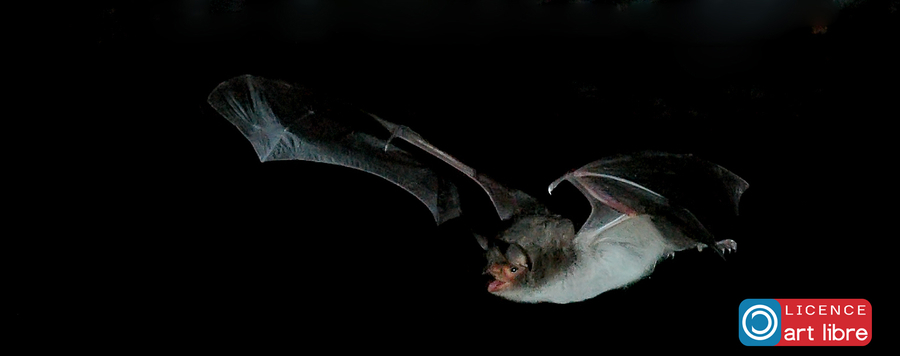
Preliminary results on the molecular study of fish-eating by ‘trawling Myotis’ bat species in Europe
Piscivory in vespertilionid bat species in the genus Myotis and trawling as typical element of behaviour in the hunting flight above the water surface are widely acknowledged. However, among the European bat fauna, only long-fingered bats (Myotis capaccinii) are known to consume fish. In Daubenton's bat (Myotis daubentonii) as well as the pond bat (Myotis dasycneme), both also members of the guild of European 'trawling Myotis' species, piscivory is possible, but has not yet been sufficiently recorded by morphological analyses of prey in faecal pellets. Previous experimental studies have shown that fish remains are difficult to detect in faecal pellets of M. daubentonii; thus, piscivory may not always be reliably detected by morphological identification of prey remains. We analysed the DNA of faecal samples of all three trawling Myotis species from different regions of Europe by PCR amplification and Sanger sequencing of the molecular markers 16S RNA an the DNA barcode region of the cytochrome oxidase subunit I (COI) for detection of possible fish DNA and taxonomic identification of species. In on 30% of the samples we were able to amplify fish-DNA based on COI in faeces of M. capaccinii and M. daubentonii from Bulgaria and in 8% using the 16S RNA locus from M. dasycneme faeces from Germany. Based on technical problems of our molecular approach, our data do not reveal a definite and reliable molecular record of diet-derived fish DNA in the faecal pellets of the investigated trawling Myotis species nor proof for piscivory in M. dasycneme and M. daubentonii. Our results may be a stimulation and draft for other researchers to test the detection of diet-derived fish DNA in trawling Myotis with improved molecular genetics approaches.





